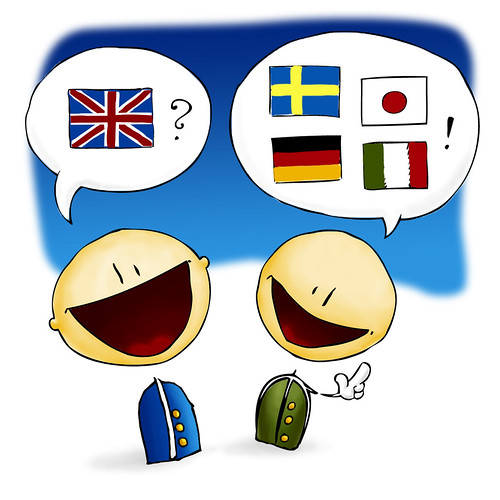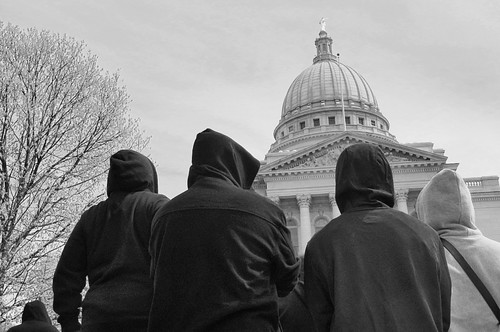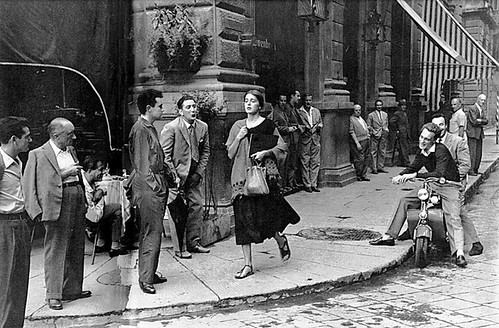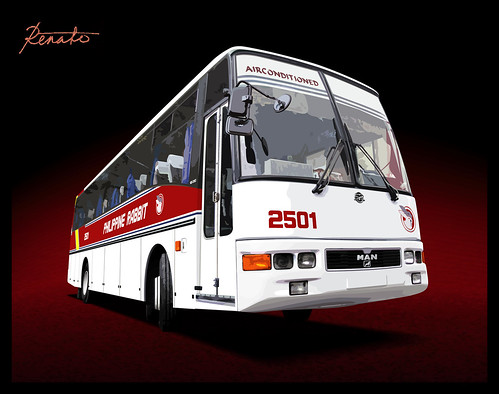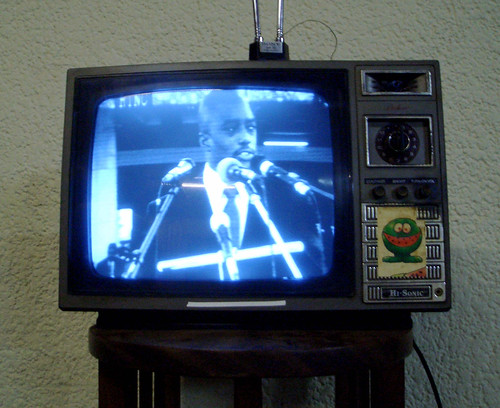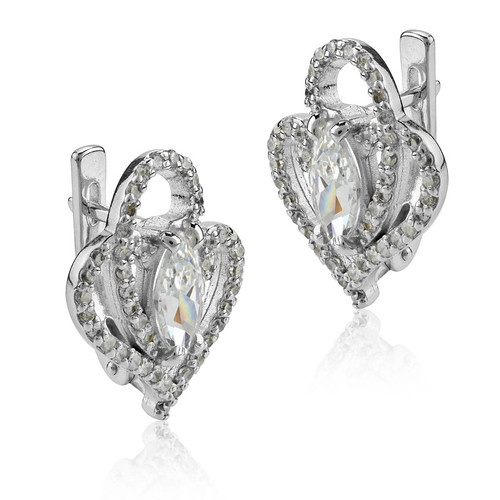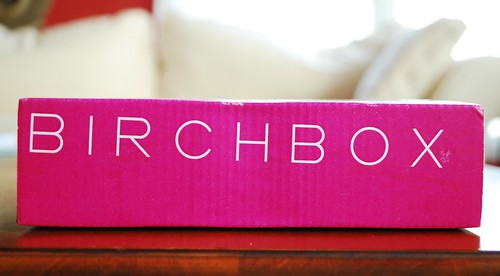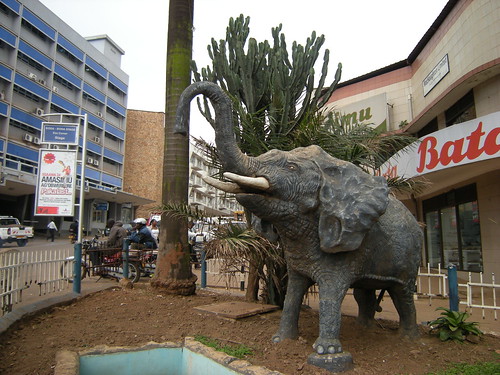Remember
when we mentioned that we were planning a visit to a small maternity clinic outside of the city?
Well - we went. We listened. We talked. We took pictures. We watched.
Dr. Laure, a
Kinshasa-trained OB/GYN, was our host. She met us by the side of the road, her little daughter, Maleka,on her hip. We piled into the
blue Suzuki Jimny (gotta love that car) and rattled off down the dirt paths that form the outskirts of the city - near
Lac de Ma Vallée. Dr. Laure had to ask directions several times. Because she never drives and always walks to work. Getting there via road is a very different process than on foot.
Finally, Adam (our trusty driver), Sarah, Dr. Laure, baby Maleka, and myself unloaded ourselves here:
This is the little clinic. Just two Kinshasa-trained physicians work here. Dr. Laure is an OB/GYN but can hold her own in most any other field. Dr. Maurice has trained in surgery and internal medicine. They make about 2,000
FC ($2.16) per month profit. (Laure told me that a "fancy city doctor" makes about $1000/month in Kinshasa). It serves the population living within 10km on all sides. A lot of people. It is a "charity" clinic. Meaning - they will take those who the city hospitals turn away. In Kinshasa, if you can't pay, you are often turned away. Simple as that. Doesn't matter if you are on death's doorstep, a small child, or a woman in labor. There is no
EMTALA in the Congo.
For example, we arrived at the clinic along with another car. This tiny car, it's chassis hanging and scraping, parked next to us. Two men extracted a broken, angry body from the back seat. When we discussed it later, all of us had the same experience of looking at this injured person and having visceral knowledge that there was something horribly wrong but being unable to exactly identify the issue. Later, it was clear that both of his legs were severely broken. Bent. Twisted grotesquely.
We learned that he had been in a motorcycle accident five days prior. He was poor. He didn't even try to go to another hospital. Finally, after five days of broken dangling legs and pain, friends or family loaded him into a car and drove him to Dr. Laure and Dr. Maurice. While we were there, both physicians regarded the x-rays. They knew the solution: surgery, a few pins and plates, and a long, but complete recovery. They also knew that none of this was an option for this patient. They didn't have equipment. He didn't have money. His reality was permanently unusable legs, loss of any prospect of future income, and chronic pain.
Dr. Laure explained the scene matter-of-factly and with genuine sadness. She then ushered us into the tiny cement hospital for a tour. We met Nurse Terese - who would work three, solo, 24-hour shifts before her replacement arrived. She changed dressings, served as a
surgery first-assist, held flashlights for procedures in the dark, and cleaned rooms.
We spent a lot of time taking in the
salle d'accouchement - or delivery room.
Now, Sarah and I have a little experience (i.e. one time) with Congolese clinic delivery rooms and we both agreed that, compared to the dank, unbearably hot, crowded city delivery space where we assisted in a delivery last Fall - we would give birth at this clinic any day. Sure, it's plain. The equipment is old. The beds seem
impossible for a laboring woman. But, it's light and breezy and cool. Everything is kept as clean as possible. And the care is expert and calm.
Dr. Laure and Terese were quick to point our the shortcomings of this place in which they work. They asked to have their photo taken. In preparation, the arranged all of the labor and delivery instruments, medicines, and equipment into a little pile on the table beside them. They wanted you - the readers of this blog- to see that this was all they have:
- 1 pair scissors.
- 1 pick-up/tweezers.
- 1 bulb syringe (for sucking out baby's mouth and nose).
- 2 clamps (for the umbilical cord).
- 1 syringe.
- 1 needle.
- 1 stainless canister (used with a little rubbing alcohol and fire for sterilization of equipment.)
- 1 pack of matches.
- 1 mostly-empty bottle of isopropyl alcohol.
- 1 half-full bottle of Ketamine for emergency anesthesia.
- 1 old vial of Lidocaine for numbing skin
Luckily, most babies can come into this world without much fuss. They don't require much more than what Dr. Laure can offer at her clinic. She brings skill and patience, and usually, this is sufficient for a safe delivery.
However, every midwife or doctor knows that some basic strategies are needed when things don't go "perfectly". We talked a lot about the common - theoretically easy-to-manage, complications of labor and delivery.
Pitocin,
Methergine, or
Cytotec for heavy bleeding after delivery are not usually available. Dr. Laure knew all about the up-to-date uses of these drugs, but did not have them at her side. A patient's family may make a trip to the pharmacy for medications - if they have enough money and enough time. Dr. Laure said that the clinic frequently gives out their limited stock regardless of a patient's ability to pay. But, the reality is that the clinic doesn't have any money either.
Some of you reading may be Labor & Delivery nurses. My colleagues from Virginia and Washington. Right now, you are horrified. Right? One syringe for eveyone!? Matches and alcohol for "sterilization"?!
But - ask yourself. What would you do? Not suck out the mouth of a sputtering newborn with a dirty bulb? Not administer lifesaving
oxytocin with the dull, oft-used, needle?
For Dr. Laure, the answer is easy. She knows full-well that her little clinic is sorely lacking. She would accept donations of expired medications and equipment from fancy U.S. hospitals - where
we throw out unused supplies in the name of quality control - with a joyful relief. But, she's not begging. She will continue to serve these women and their babies with or without the supplies. She won't turn anyone away.
 |
| Sarah talks with Dr. Laure in the salle d'accouchement |
I had a funny telephone conversation with Dr. Laure last week. The connection was bad. The children were screaming. My French is bad. She was calling to see what day I would be available to help with next month's prenatal clinic. I understood that much and responded with my strategy of using all of my French vocabulary at once in an effort to convey deep appreciation and excitement. Hopefully, it was effective.
So, Sarah and I will trek out to the hospital again in April. We'll take some blood pressures (I'm starting Sarah's medical training
tout de suite), measure some bellies, and listen to some heartbeats (although, I'm not sure Dr. Laure owns a
doppler...). School nursing is lovely. Truly. But, I've been waiting for the chance to work with moms and babies again. Waiting around for an opportunity. And it seems, this is it.
What Dr. Laure and her hospital really need is a sustainability plan. For this, she is in touch with an amazing new local organization (I wrote about it here),
Fond pour les Femmes Congolaises. They exist to help Congolese women help Congolese women. Dr. Laure is a perfect candidate.
Shout out to Martha Jefferson Hospital!
While donations aren't the answer to all of Dr. Laure's needs, it's not like she wouldn't put an old Doppler or some just-expired oxytocin to good use... What are our options? Any chance MJH L&D unit could gather up a few supplies for Dr. Laure by summer? I will deliver them personally when we return next Fall. Contact me if you have any brainstorms...






